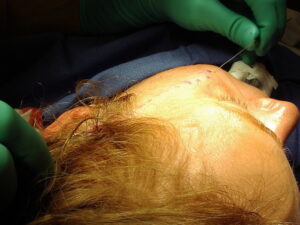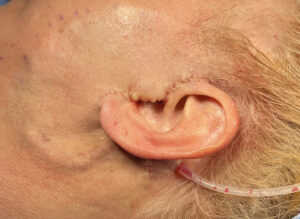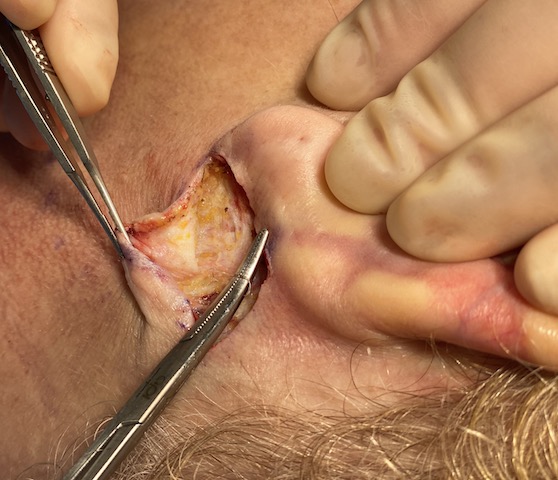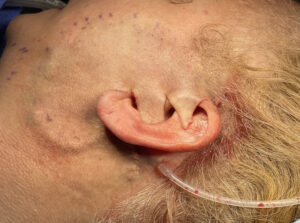Background: Facelift surgery is one of the most recognized aesthetic procedures in all of plastic surgery. The name conjures up many different perceptions about the procedure from patients often with various misunderstandings of it. Because of some of these misconceptions and that it is a major invasive surgery of the face, patients have long sought alternative non-surgical and minimally invasive approaches for their facial rejuvenation.
One minimally invasive facial rejuvenation technique that was introduced decades ago was the threadlift. This concept, much more popular today than back then, employs the passage of barbed sutures through cheek, jawline and neck tissues under the skin to provide a lifting effect. While not to be confused with the much more powerful effect of facelift surgery, it does provide a modest lifting effect. As one might expect the lifting effect is not comparable to that of a facelift and has not been shown to last much beyond or even to a year after the procedure.
Nonetheless when the use of barbed threads are combined with other injectable and laser based skin therapies some real facial rejuvenation benefits can be obtained. Much like injectable Botox and fillers patients today realize that threadlifts are not permanent and they willing accept their short term benefits. They do so because they are not ready, either from the amount of aging they have or mentally, to undergo facelift surgery. For some it is a stepping stone to eventually undergoing the definitive facelift procedure. One interesting in that regard is will the implanted threads be an impediment to performing the facelift? (particularly if they are the older non-resorebabel type barbed sutures)



The concept of the original thread lifts has evolved over the years into different shapes and material compositions of them. They are done now more than ever before as the provider base has expanded to include many non-physician users. They are now made of resorbable materials which is more consistent with the duration of their effect. Older style threads can be found during a subsequent facelift surgery in which the most proximal portion of them can be removed. The more distal ends are too intertwined into the tissues to remove. (there usually is not compelling need to do so anyway) Their presence does not interfere with the raising of the skin or SMAS flaps as they are easily cut along the course of the dissections.
Case Highlights:
1) The original thread lift procedure used a permanent suture which can be identified at its insertion point due to the knot.
2) Any palpable permanent threads can be removed at their knot location but most of the more distal thread material will break off during the removal of the proximal knot.
3) Indwelling threads do not pose problems with performing facelift surgery over and around them.
Dr. Barry Eppley
Indianapolis, Indiana






